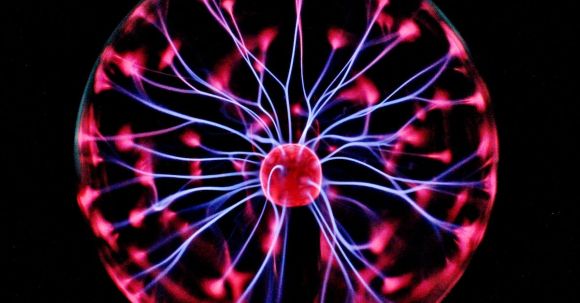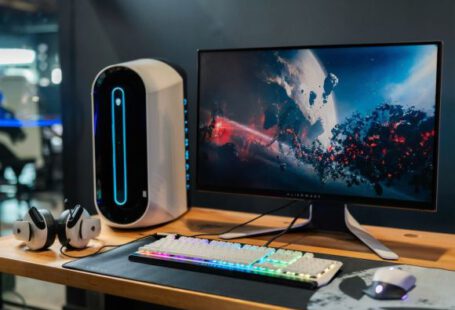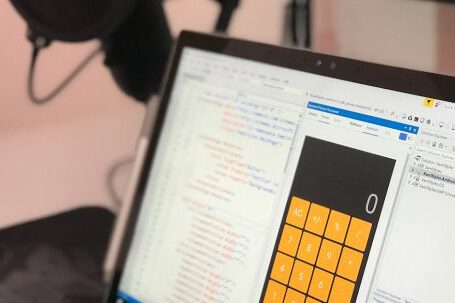In the rapidly advancing realm of artificial intelligence (AI), there is an increasing interest in bridging the gap between humans and machines. This desire stems from the recognition that AI has the potential to greatly enhance human capabilities, but also the realization that there are limitations to how humans can interact with AI. One potential solution to this problem is the development of neural interfaces, which allow for direct communication between the human brain and AI systems. Could neural interfaces be the key to bridging the gap between humans and AI?
Understanding Neural Interfaces
Before delving into the potential of neural interfaces, it’s important to understand what they are. Neural interfaces, also known as brain-computer interfaces (BCIs), are devices that establish a direct communication pathway between the brain and an external device, such as a computer or AI system. This connection is made possible by using electrodes to record and interpret brain activity, allowing for the translation of thoughts and intentions into commands that can be understood by AI systems.
Enhancing Communication and Control
One of the main advantages of neural interfaces is their ability to enhance communication and control between humans and AI. By directly tapping into the brain’s neural activity, neural interfaces can provide a more seamless and intuitive way for humans to interact with AI systems. This could potentially eliminate the need for cumbersome input devices, such as keyboards or touchscreens, and enable more natural and efficient communication.
Expanding Human Capabilities
Neural interfaces also have the potential to expand human capabilities by leveraging the power of AI. By connecting the human brain to AI systems, individuals could gain access to a vast amount of knowledge and computational power, effectively augmenting their own cognitive abilities. This could lead to significant advancements in fields such as medicine, engineering, and scientific research, where AI can assist humans in solving complex problems and making more informed decisions.
Improving Accessibility and Inclusivity
Another area where neural interfaces could have a profound impact is in improving accessibility and inclusivity. For individuals with physical disabilities or conditions that limit their ability to communicate or interact with the world, neural interfaces offer a promising solution. By bypassing the need for physical input devices, individuals can regain control and independence, allowing them to fully participate in society and access the benefits of AI technology.
Ethical and Privacy Considerations
While the potential of neural interfaces is exciting, there are also important ethical and privacy considerations that need to be addressed. The direct access to the human brain raises concerns about the privacy and security of personal thoughts and information. Additionally, questions about consent and the potential for misuse of neural interface technology need to be carefully considered and regulated.
The Future of Neural Interfaces
As with any emerging technology, there are still many challenges to overcome before neural interfaces become widely accessible and practical. However, the progress made in recent years is promising, and researchers and companies around the world are actively working on developing and refining neural interface technology. With continued advancements in neuroscience, materials science, and AI, the future of neural interfaces looks bright.
Conclusion: A New Era of Human-AI Interaction
Neural interfaces have the potential to revolutionize the way humans interact with AI systems. By providing a direct communication pathway between the human brain and AI, they can enhance communication and control, expand human capabilities, and improve accessibility and inclusivity. However, ethical and privacy considerations must be carefully addressed to ensure the responsible development and use of this technology. As we look towards the future, neural interfaces offer a glimpse into a new era of human-AI interaction, where the boundaries between humans and machines become increasingly blurred.





